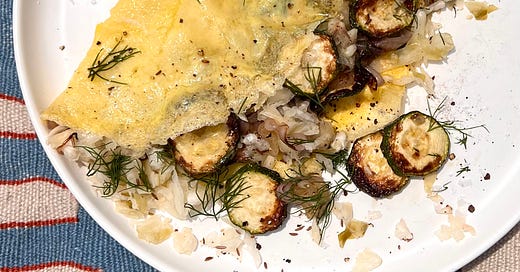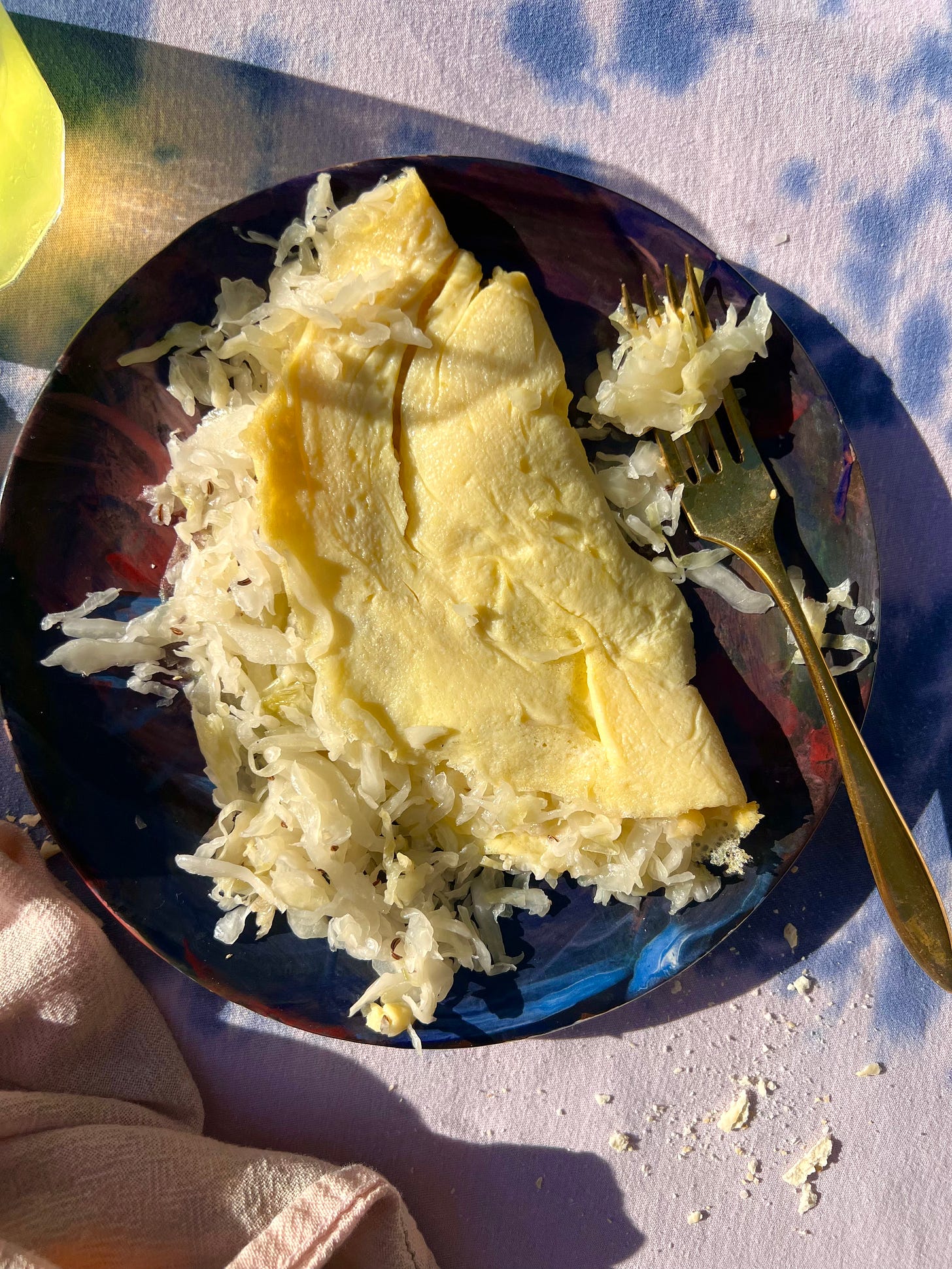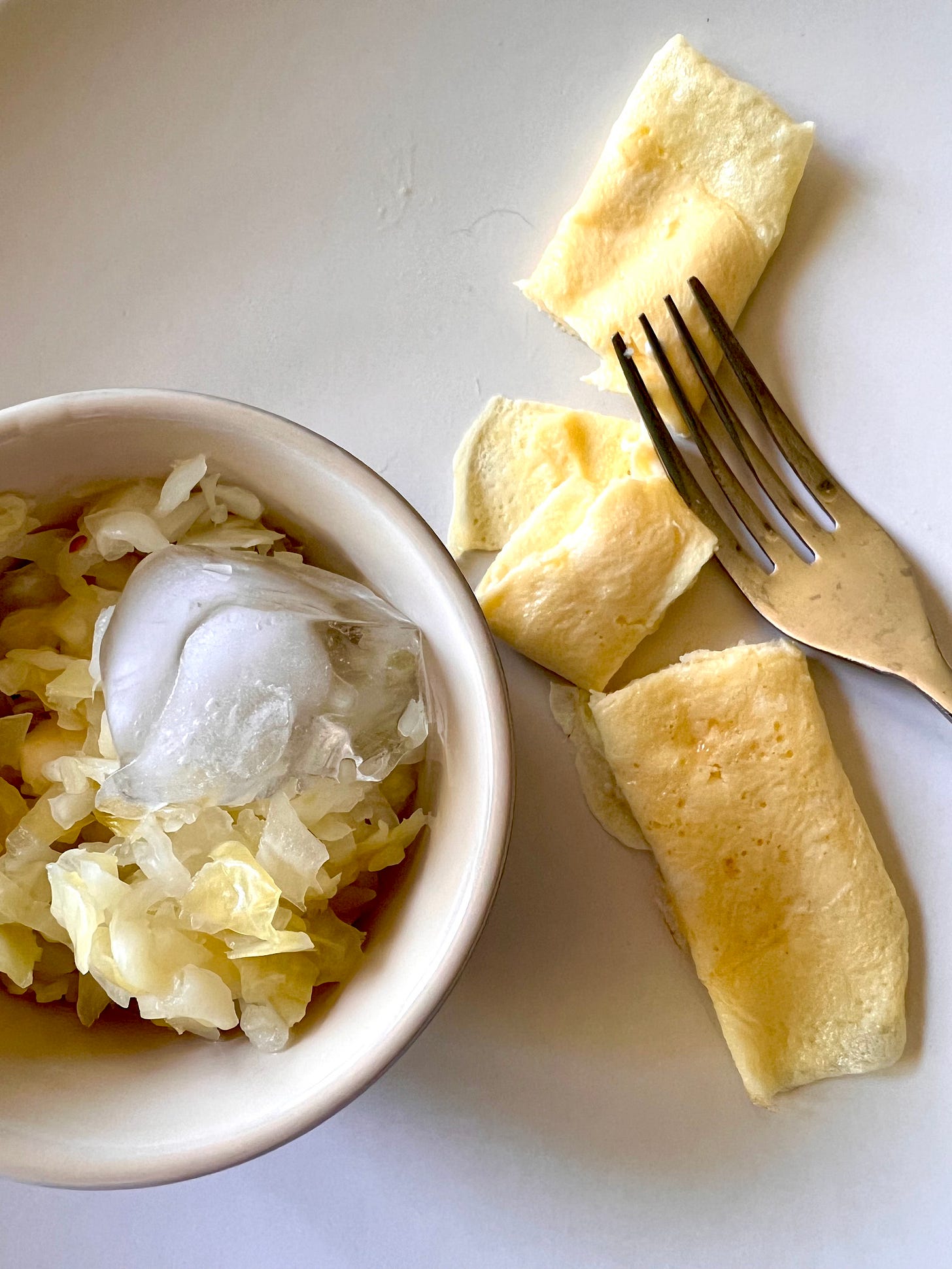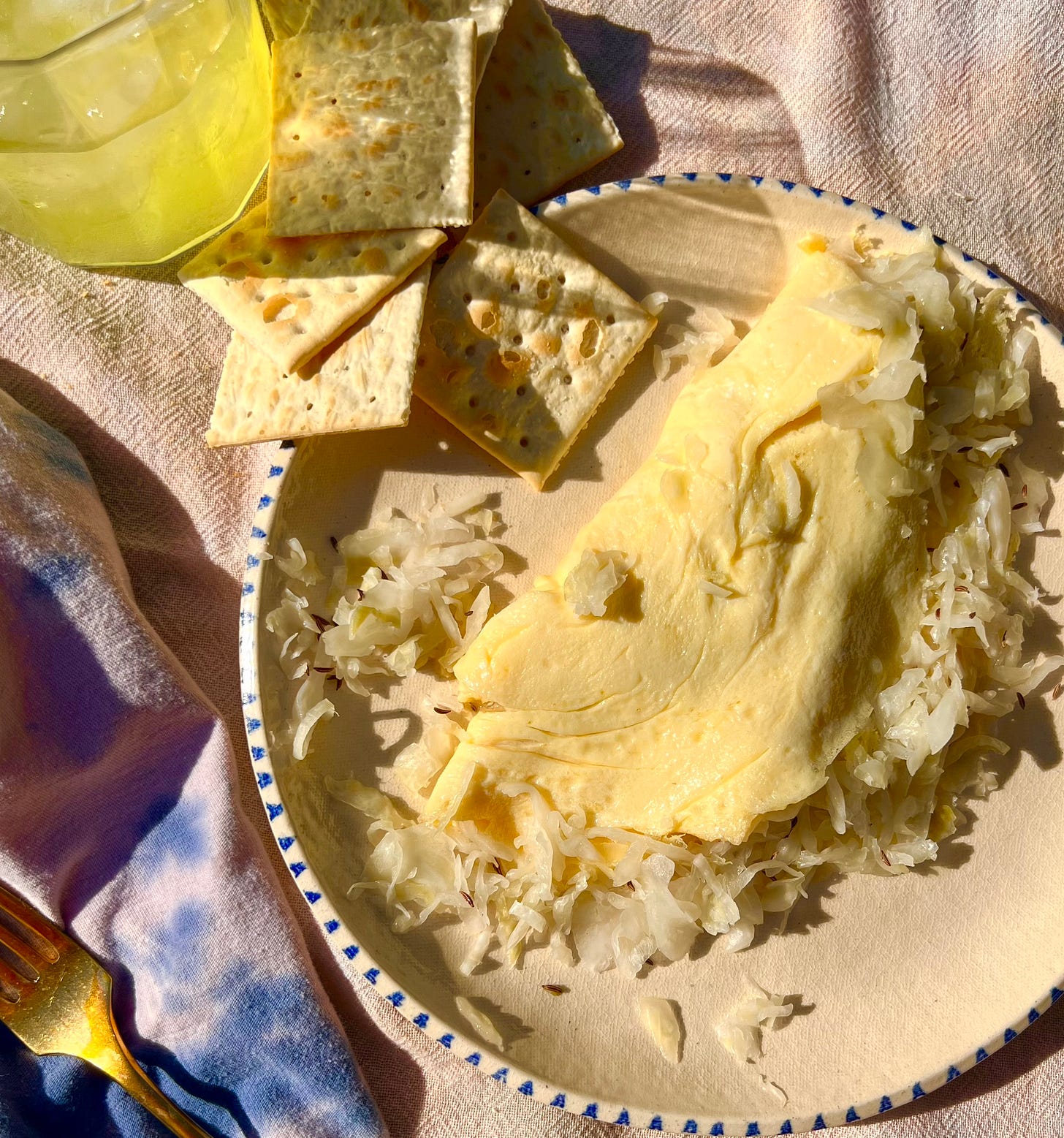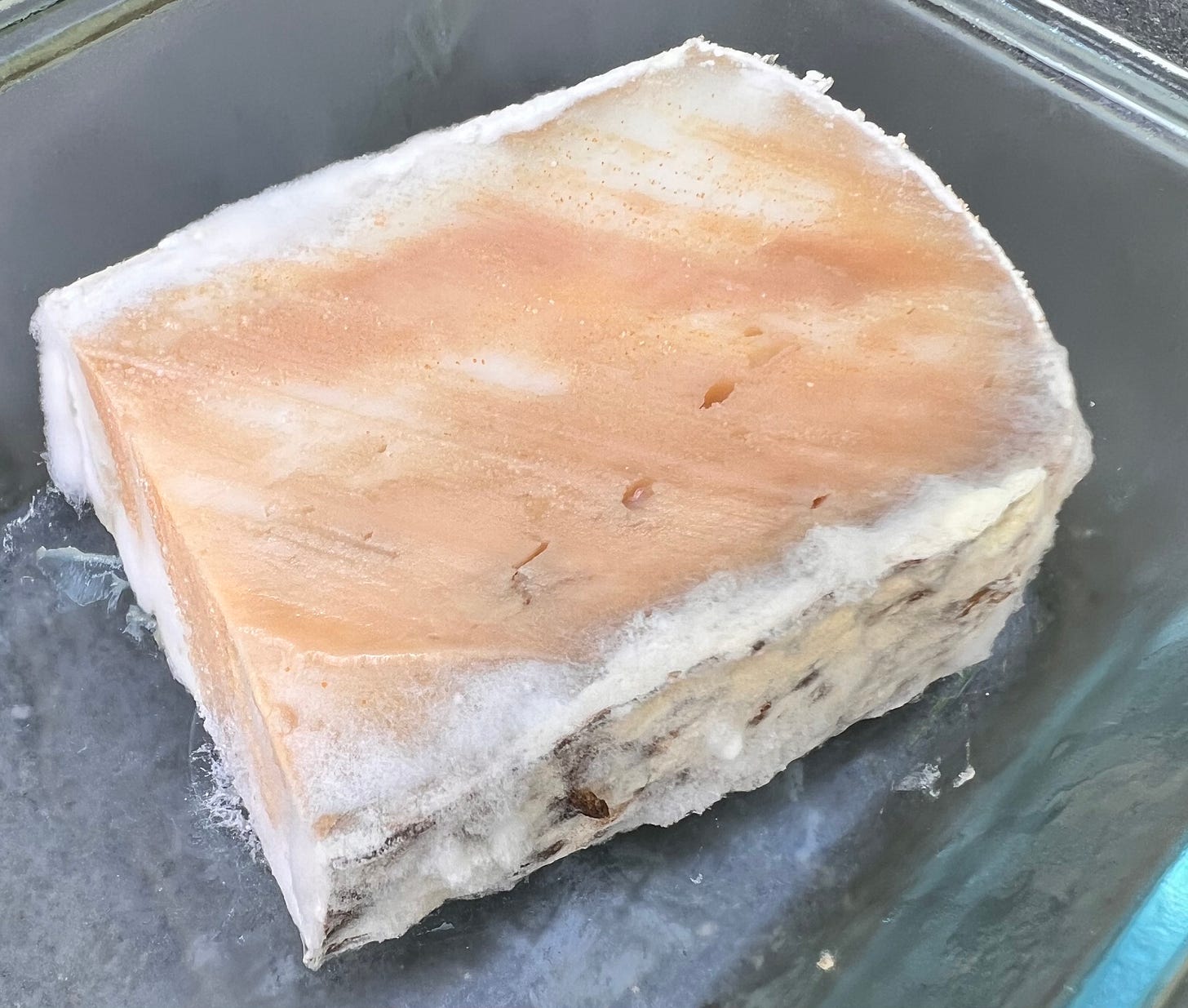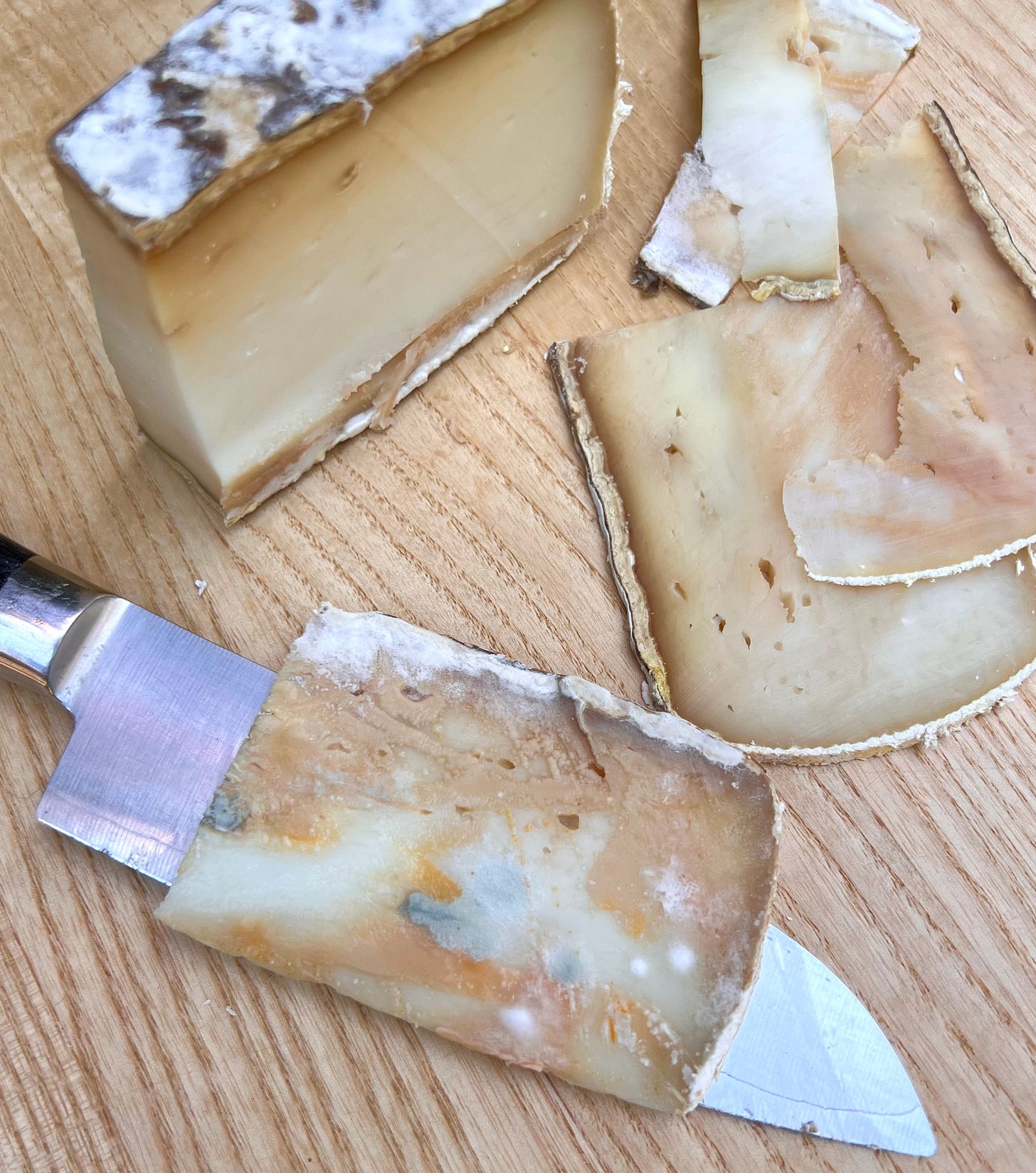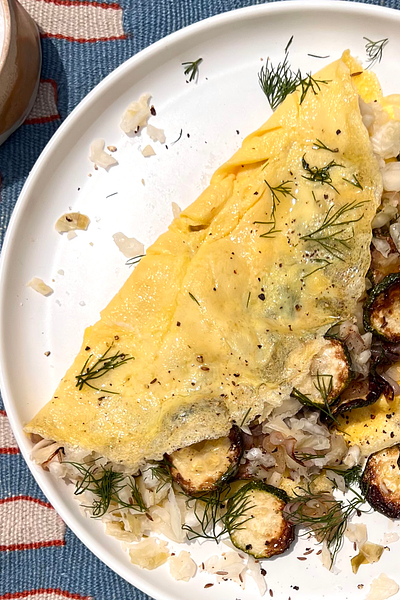I’ve been sicker than I’ve ever been in my life this week. The front-running hypothesis is that I drank contaminated water at my cousin’s wedding in Colombia. At first I blamed myself for consuming too much aguardiente, the Colombian national spirit, which was being funneled on the dance floor shot-by-shot into open mouths, squawking with the same innocence and hope as baby birds. “Let us fly, let us fly!”
But my illness was much, much more than a hangover. Two days later, at the El Dorado International Airport, a gate agent saw me walking towards security, taking just a few steps a minute, and then collapse to the ground. She rushed over, handing my mother– forever the chaperone– a Google translate Spanish → English message which read, “Is she not feel well? Do you need assistance?” My state of being was rocked– internally, externally, and internationally.
When I finally made it back stateside, I sipped bright neon liquids and nibbled square-shaped carbs that come in plastic sleeves and rhyme with Taltsines.
I began to recover. And tire of the blandness on constant rotation.
And then, a beam of light: a craving.
Despite that its insides were void of any substantive lining, my body began to scream for one thing with a near pregnancy-level voracity, not that I’d know. Oversaturated with sweetness from the rainbow of Gatorade flavors I had worked my way through, I started salivating for the sourest, funkiest, spritziest, rawest, coldest sauerkraut the city of Los Angeles had on offer. The one sitting in my fridge would have to do.
And I wanted eggs.
I was warned: “That might be too much for your stomach.” “How about some rice?” “Or more saltines?” Risking increased physical distress, I fumbled my way to the top shelf of the fridge, the ice cube tray, and the stove’s burners, taking matters into my own hands. And directly onto a plate.
Oyyyyy… I had so many other things on deck for NOODLE today: Creamed Corn and Clams on Toast, Peach and Passionfruit Frozen Custard Cake, Taleggio-Stuffed Squash Blossoms… the list goes on.
But instead, I’m choosing the writer’s equivalent of cinema verité: What Was Actually Cooked This Week. As such, I am psyched to present the first thing I could muster to make post-physical apocalypse…
The Sauerkraut Omelet
In sickness and in health, I’m particular about omelets, and you should be, too. They’re meant to be as delicate as was my constitution for about 84 hours this week, cooked through just enough, to stave off any rubbery inclinations. Even a whisper of exterior browning is a whisper too much.
My recipe details the exact technique to yield the most tender, yummy-yellow, un-Denny’s-like iteration of eggs in folded form: low heat (but not as low as you’d think), super well-whisked eggs, and swift but slow movements with a spatula that keep the eggs in near-constant motion until they set. The sauerkraut is added as the filling at the very end so it remains cold and crispy.
I’ve eaten a hefty handful of these by now; my first two came one right after the other. Little by little, I felt my prospects for good health increase each time the itch for funk and crunch and salt was scratched.
And once I started feeling better, I began to add cheese. Trouble was, my cheese was feeling just about as sickly as I was.
Face It: A Learning Moment
Cheese, just like humans, shows promise even in desperate times. Unless you’re talking about a young cheese (i.e, ricotta, fresh or lightly aged goat cheese, or all the softies in the mozzarella family), there is life beneath a measly coating of mold, and a precise, no-skills technique to excavate the edibles.
The verb, “to face,” is the act of removing a thin slice of cheese from the edge of a wedge. You can face a cheese not only if there’s mold on it, but also if it’s starting to take on the flavor of its plastic wrapping. Think of mold growth not as a funk-maker, but rather as a protective funk-saver. In extreme cases, expect to face all sides of a cheese, but sometimes only a side or two is what’ll be in order.
‘Kraut-Worthy
You don’t have to be under the weather to eat this omelet. I mean… no doiii! The OG version is gloriously pared down and revels in its simplicity, but if you’re feeling like the full 98.6 degrees that you are, amp it up with cheese, herbs, mushrooms, other veg… or make it into a reuben omelet with pastrami and Swiss if you want to be literal about it. I like to add extra caraway seeds to fortify the sauerkraut storyline, but only when the craving calls.
REVIVAL SURVIVAL ‘KRAUT-STUFFED OMELET
Serves 1
REMEMBER, BEST PRACTICE: READ THE RECIPE ALL THE WAY THROUGH BEFORE YOU START COOKING!
Meet your newest, quickiest breakfast option that’s just a bit more substantial than eggs scrambled or boiled. The extra caraway seeds are optional: they’ll amp up the sauerkraut storyline. Fill the omelet with basically whatever you like– veg or herbs or a breakfast-y protein– because sauerkraut goes with… basically whatever you like.
2 large eggs
Kosher salt and freshly ground black pepper
Unsalted butter
¼ cup grated cheese, such as cheddar, gruyere, or manchego (optional)
Desired fillings, such as sautéed spinach, mushrooms, or onions; bacon, ham, or prosciutto; and/or freshly chopped herbs, such as chives, parsley, basil, or dill
Big pinch caraway seeds, optional
¼ cup firmly packed sauerkraut (preferably raw), drained of all liquid
1. Crack eggs into a bowl and add 2 small pinches of salt. Whisk vigorously with a whisk or fork until the mixture is completely homogenous in color and no unincorporated bits of white or yolk remain. The eggs should look frothy and aerated.
2. Heat a small nonstick skillet over medium-high heat for a full 30 seconds. Add a small amount of butter to the skillet– enough to give a light slick to the surface. To check that the skillet is heated sufficiently, drop a tiny bit of egg into the center. It should immediately set. If it doesn’t, continue heating until it sets around the edges.
3. Pour the scrambled eggs into the skillet. Reduce heat to medium. Let set for about 10-15 seconds. The edges should simmer up and start to set on the edges. Using a rubber spatula, begin to scrape slowly around the sides and bottom of the skillet, so as to prevent the egg from having prolonged contact with the pan at any given time. As you scrape, gently tilt the pan to encourage any non-cooked parts of the egg to fill any empty spots, ultimately creating a full circle of egg. Stop scraping once there is no longer any egg that is loose enough to fill empty parts of the pan. The top should look like loose, very wet curds. Do not overcook at this point.
4. Pull the skillet off the flame. Scatter the cheese and any other optional fillings on top, if desired. Or keep it plain! Return the pan to the heat and reduce to low. Continue to cook until the cheese is nearly melted and any additions are warmed through, 30 seconds to 1 minute more. Remove from heat. The goal is to have a completely colorless, purely yellow omelet on the underside.
5. Distribute the sauerkraut and caraway seeds (if using) over the top of the eggs and gently fold one side on top of the other. Use your spatula to slide the omelet onto a plate. For some shine and extra richness, spread a small nub of butter on top. Garnish with fresh herbs and black pepper, if desired, or leave unadorned. Eat while the eggs are hot and the ‘kraut is cold!


